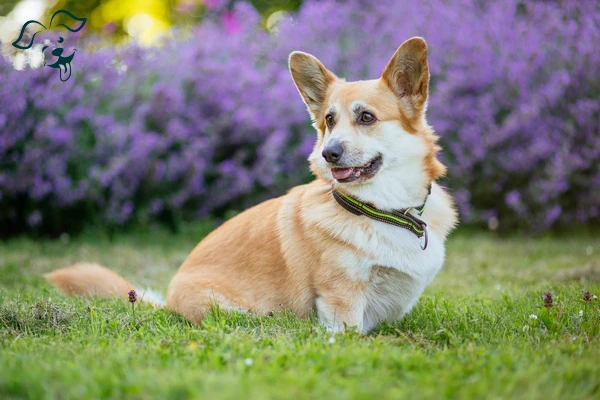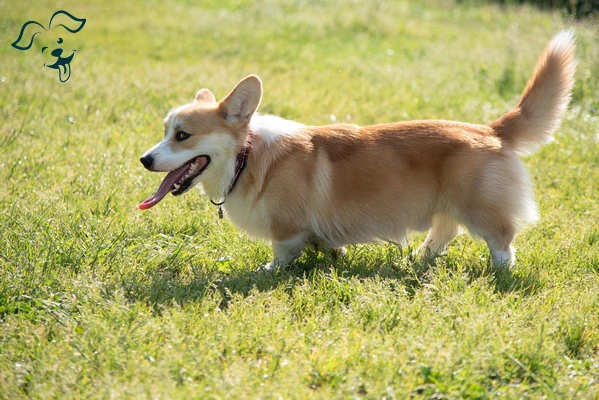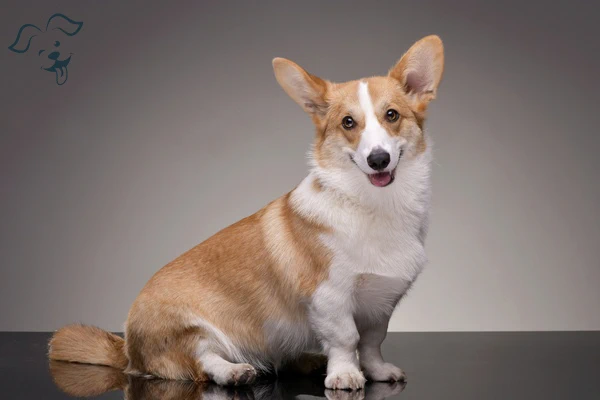CARING WITH FAMILY
|
| Assessing the level of affection a breed is likely to display towards family members and other familiar individuals. Certain breeds may exhibit a more reserved or aloof demeanor showing affection primarily towards their owner. On the other hand, some breeds are known for their sociable nature, treating everyone they know as if they were their closest friend. |
LOVE WITH CHILDREN
Unwise
Good With Children
|
| Assessing a breed's level of tolerance and patience with children's behavior as well as their overall family-friendly nature. It is crucial to always supervise dogs when they are around young children or children of any age who have limited exposure to dogs irrespective of the breed in question. |
BEHAVIOR WITH DOGS
Unwise
Good With Other Dogs
|
| Evaluating the overall friendliness of a breed towards other dogs. It is important to note that all dog interactions and introductions should be supervised. However, certain breeds tend to have an inherent inclination to get along with other dogs whether it be within their own home or in public settings. |
SHEDDING LEVELS & MANAGEMENT
No Shedding
Hair Everywhere
|
| Considering the amount of fur or hair a breed is likely to shed. Breeds that shed heavily typically require more frequent brushing to manage the shedding and they may also be more likely to trigger allergies in sensitive individuals. Additionally, these breeds may necessitate more regular vacuuming and lint-rolling to keep up with the amount of hair they leave behind. |
COAT GROOMING STANDARDS
|
| Evaluating the frequency with which a breed requires bathing, brushing, trimming, or other forms of coat maintenance. It is essential to take into account the time, patience and budget you have available for grooming when considering a breed. Additionally, it's important to note that regular nail trimming is necessary for all breeds. |
DROOLING INTENSITY
Less Likely to Drool
Always Have a Towel
|
| Assessing a breed's tendency to drool. If you have a preference for a cleaner and drier environment breeds that are prone to leaving ropes of slobber on your arm or big wet spots on your clothes may not be the most suitable choice for you. |
COAT STYLES GUIDE |
| Double |
| COAT SPECTRUM |
| Short |
FRIENDLINESS
Reserved
Everyone Is My Best Friend
|
| Considering a breed's general attitude towards strangers. Certain breeds may exhibit a reserved or cautious demeanor around all strangers regardless of the location or context. On the other hand, some breeds are typically more open and welcoming displaying enthusiasm when meeting new humans. |
LIVELINESS
Only When You Want To Play
Non-Stop
|
| Assessing a breed's likely enthusiasm for play, even beyond puppyhood. Some breeds tend to maintain their playful nature well into their adult years showing continued interest in activities like tug-of-war or fetch. In contrast, other breeds may be content with more relaxed and low-energy activities preferring to spend most of their time relaxing on the couch with their owners. |
VIGILANCE INTENSITY
What's Mine Is Yours
Vigilant
|
| Evaluating a breed's propensity to alert you when strangers are near. Some breeds are more likely to react to any potential threat, whether it be the arrival of the mailman or the presence of a squirrel outside the window. However, it is important to note that these breeds can warm up to strangers who enter the house as long as they are accepted by their family. |
ADAPTATION CAPACITY
Lives For Routine
Highly Adaptable
|
| Assessing a breed's ability to handle changes in various aspects of day-to-day life. This includes changes in living conditions, noise levels, weather, daily schedule and other variations. Some breeds are naturally more adaptable and can handle changes with ease while others may be more sensitive or require a stable and consistent environment to feel comfortable. It's important to consider a breed's adaptability and your lifestyle before making a decision. |
OBEDIENCE LEVEL
Self-Willed
Eager to Please
|
| Assessing the ease of training a breed and the willingness of the dog to learn new things. Some breeds are inherently more trainable and eager to please their owners making training sessions relatively easier and more successful. These breeds often have a strong desire to make their owners proud. On the other hand, certain breeds can be more independent or stubborn showing a preference for doing things on their own terms and may require more patient and consistent training methods. |
STAMINA LEVEL
|
| Considering the amount of exercise and mental stimulation a breed typically requires. High-energy breeds are often ready for their next adventure and are eager to engage in activities such as running, jumping and playing throughout the day. These breeds benefit from regular exercise to help burn off their energy. Low-energy breeds, on the other hand tend to be more relaxed and content with quieter activities. They are often happy to lounge around and may have lower exercise needs. It's important to match a breed's activity level with your own lifestyle and ability to provide adequate exercise and mental stimulation. |
VOCALIZATION
|
| Likes To Be Vocal |
LEARNING CURIOSITY LEVEL
Happy to Lounge
Needs a Job or Activity
|
| The amount of mental stimulation a breed requires to stay happy and healthy is an important consideration. Purpose-bred dogs, such as working or herding breeds often have innate intelligence and skills that need to be utilized. These dogs thrive when they have jobs that involve decision-making, problem-solving and concentration. Without sufficient mental exercise they may become bored and engage in activities that may not align with your preferences. Providing mental stimulation through interactive toys, puzzles training sessions, and engaging activities can help keep these breeds mentally satisfied and prevent them from seeking their own (potentially undesirable) sources of mental stimulation. |
| COLORS |
|
Description
|
Registration Code
|
|
Black & Tan
|
018
|
|
Fawn
|
082
|
|
Red
|
140
|
|
Sable
|
164
|
|
| PATTERNS |
|
Description
|
Registration Code
|
|
White Markings
|
014
|
|






























FRIENDLINESS
LIVELINESS
VIGILANCE INTENSITY
ADAPTATION CAPACITY